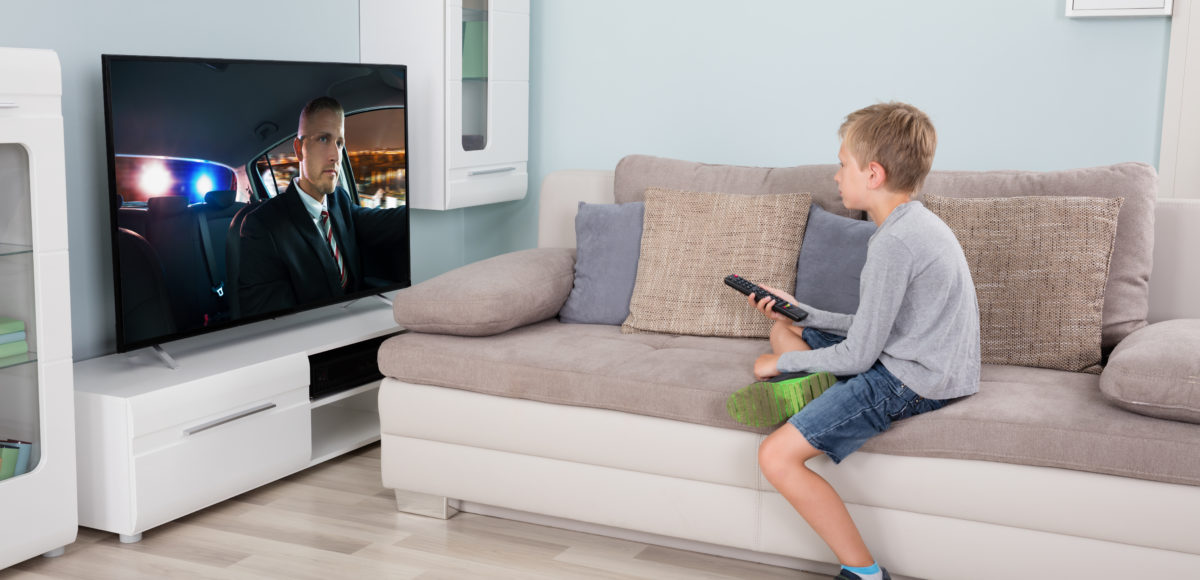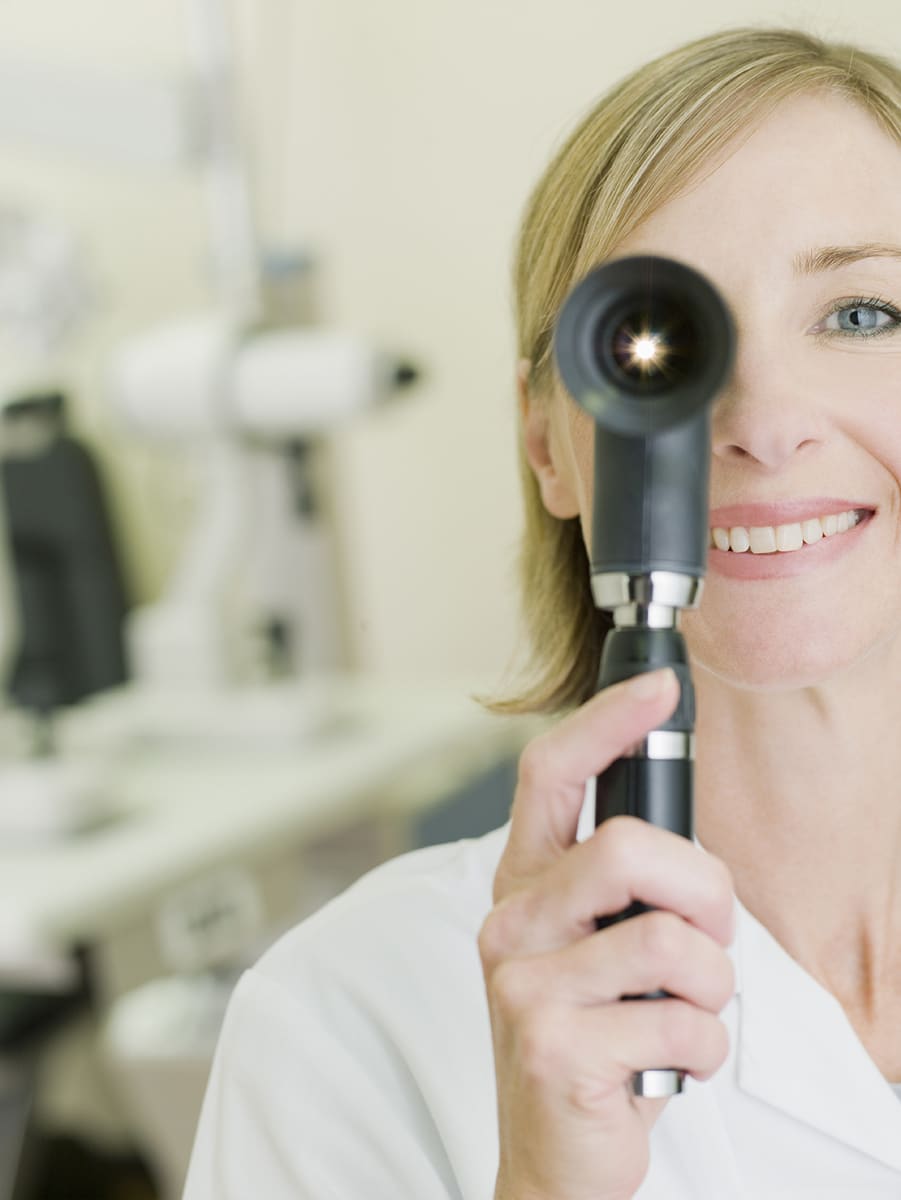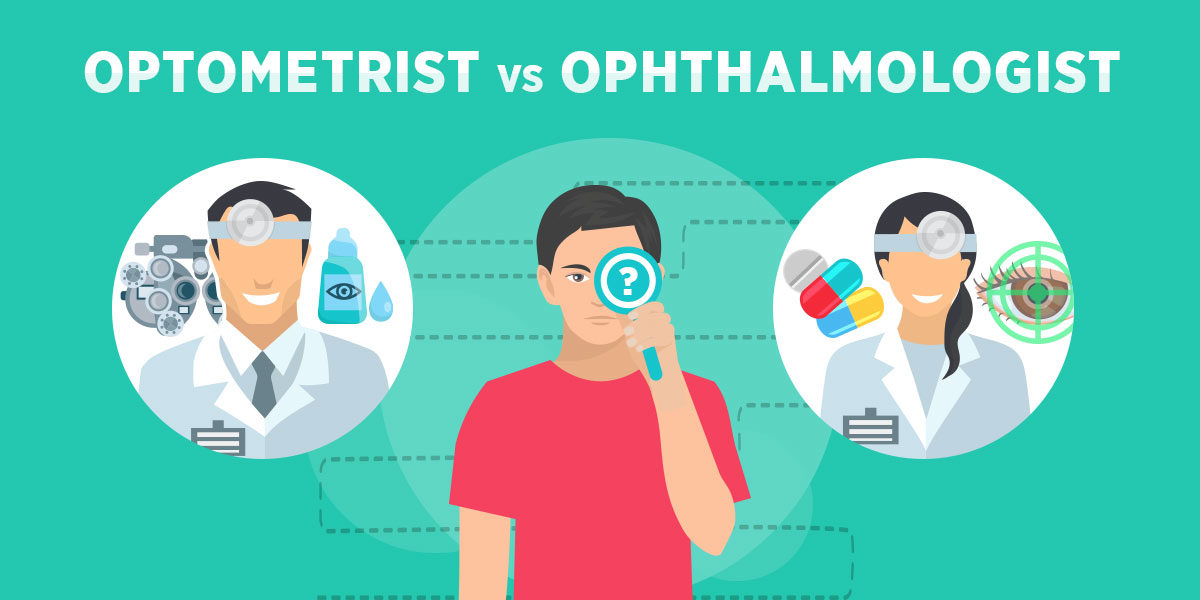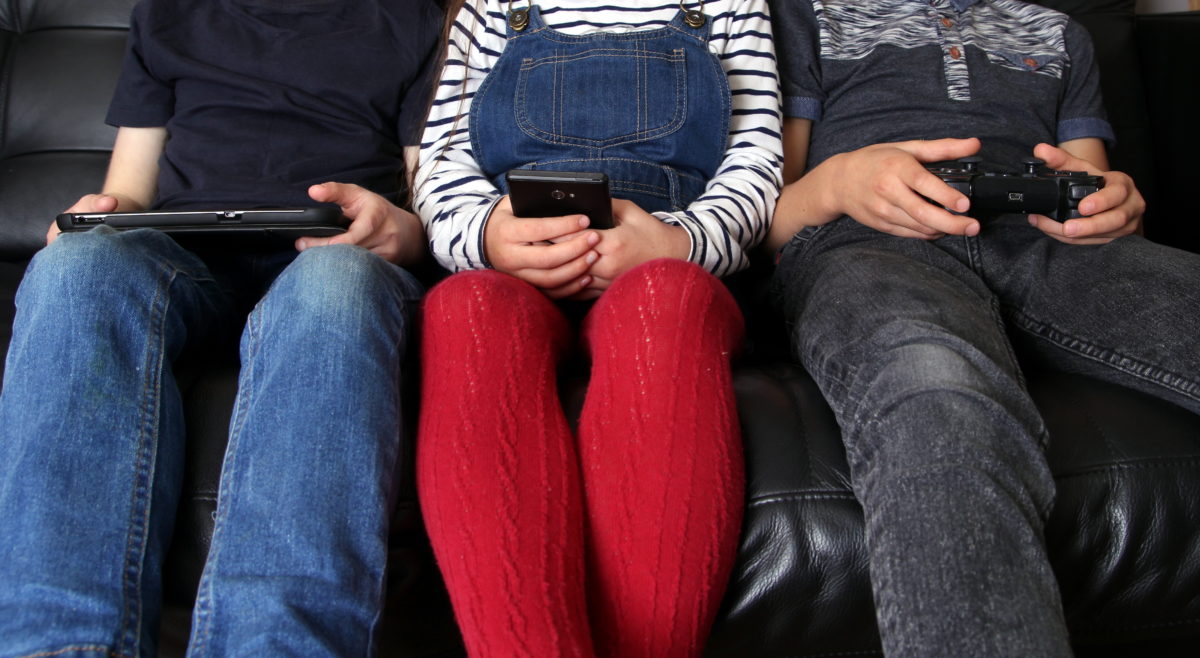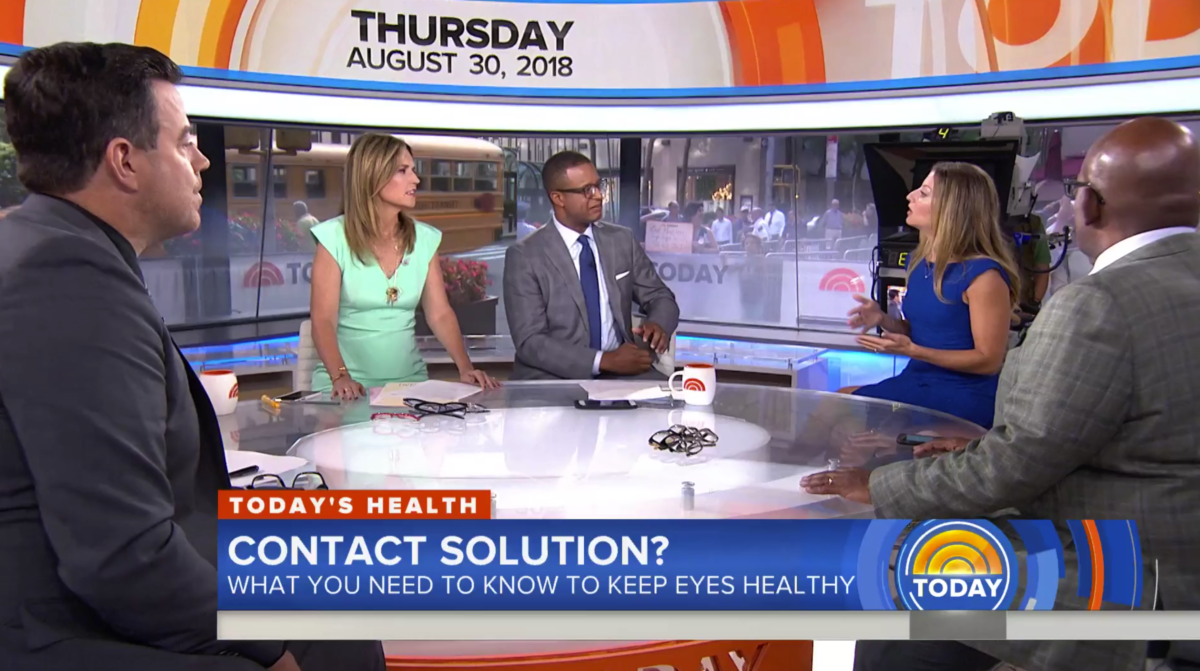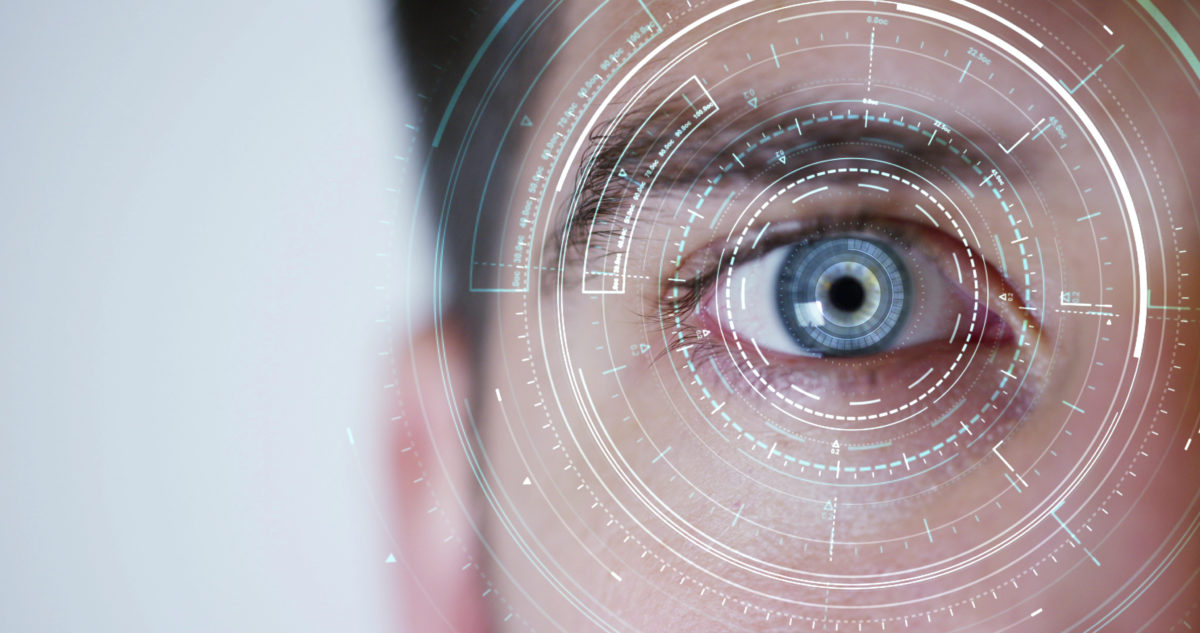Remember being told that if you sat too close to the TV you would end up needing glasses?
This is a myth that dates back to the 1960s when General Electric sold new color TV sets that emitted up to 100,000 times the radiation considered safe. The TV sets were recalled yet the myth prevails among many of us today.
Well, turns out your elders were right… kind of! It isn’t because of TV radiation (thanks to over 50 years of regulated radiation emissions from TV screens!), but actually because of the sun’s radiation we are lacking enough of!
It’s not how close your child sits to the TV, but overall how much time he or she spends indoors that can affect your child’s vision.
A recent study showed that the more UV light (sun) a child is exposed to, the less likely he or she is to be nearsighted. It also stands that the less sun exposure over time for a child, the more likely they will be nearsighted.
Also called myopia, nearsighted kids need those glasses to see the blackboard clearly in school, or anything a good distance from them.
It is interesting that myopia, a common cause kids need glasses by the time they reach middle or high school, has an inverse relationship to sun exposure. Researchers first picked up on this by noticing the high rate of myopia in Chinese children.
Children in China are notoriously lacking in outdoor activities and thus, sun exposure. Chinese students spend most waking hours indoors – mainly on screens, including on video games – but also doing schoolwork. This study showed that, regardless of their genetic predisposition, more time indoors means a greater likelihood for those distance glasses.
Of course, genetics still plays a part in eye development. That’s nature. Yet we have known for a long time that a child can have a strong prescription for glasses and still have two parents with perfect vision. Now we have clear proof of just how strong the “nurture” side of things can be when it comes to our kids eyes.
Just what makes us need glasses?
How your eye forms and if it deviates in shape from the average eye with no prescription. So…
If light coming into our eyes focuses right on the retina, we see clearly without glasses!
If light coming into our eyes focuses in front of the retina, our eye is “too long” and we need glasses for distance to bring that image sharply on the retina. This is called myopia. AKA being “near-sighted.”
If light coming into our eyes focuses just behind the retina, our eyes is “too short” and we need glasses to bring that image sharply onto the retina. This is called hyperopia. AKA being “far-sighted.”
So what is astigmatism? This is actually a deviation in our corneal shape. With astigmatism, instead of a cornea shaped like a perfect sphere or a soccer ball, it is more cylindrical-shaped, like a football.
So what about the light?
We now see the correlation between sunlight exposure and nearsightedness; yet we are still figuring out just why UV exposure affects the final shape of the eyes. If a child’s need for glasses basically depends on the length of their eye, how does their time outdoors or indoors affect the eye’s growth?
A child’s activities during the first decade of life somehow affects the growth of the eyes! This is fascinating, considering we never thought our eye development was so influenced by our activities.
Changing our way of thinking to adapt to new research…
Personally, I’ve spent years telling parents that, while sitting close to the TV may not be ideal for their child, it doesn’t have anything to do with their genetically predetermined eyesight as adults. Now I have to alter that to reflect this widespread research.
Bottom line: Too much TV and indoor time can affect our eyesight. It isn’t because of TV radiation (thanks to over 50 years of regulated radiation emissions from TV screens!) but actually because of the sun’s radiation we are lacking enough of!
Ah the sun – too much of it can hurt us, and not enough of it can too. The ultimate love-hate relationship is that of humans and the sun!
 English
English French
French German
German
